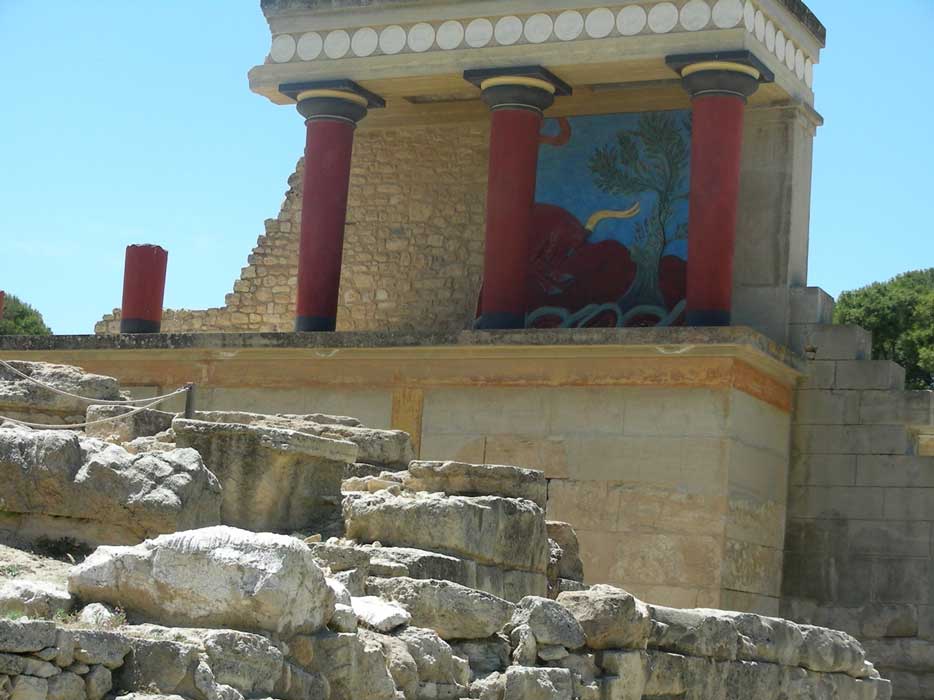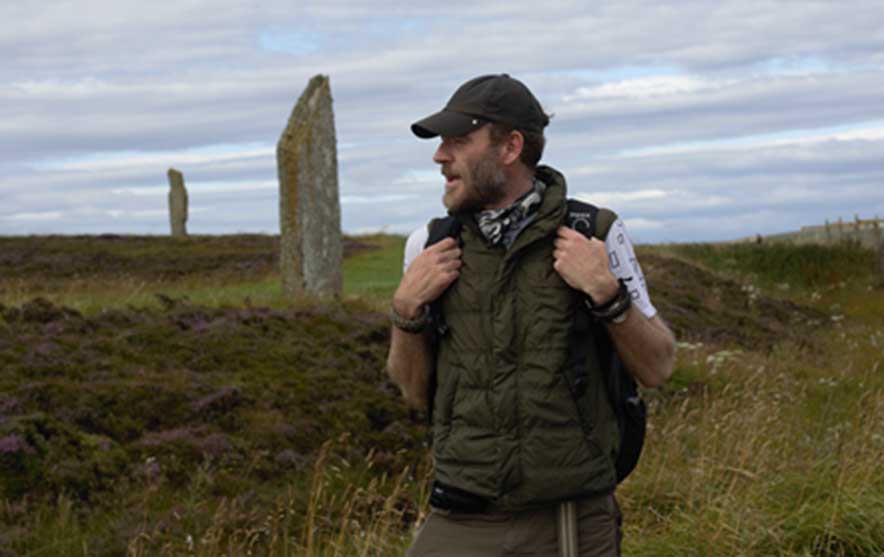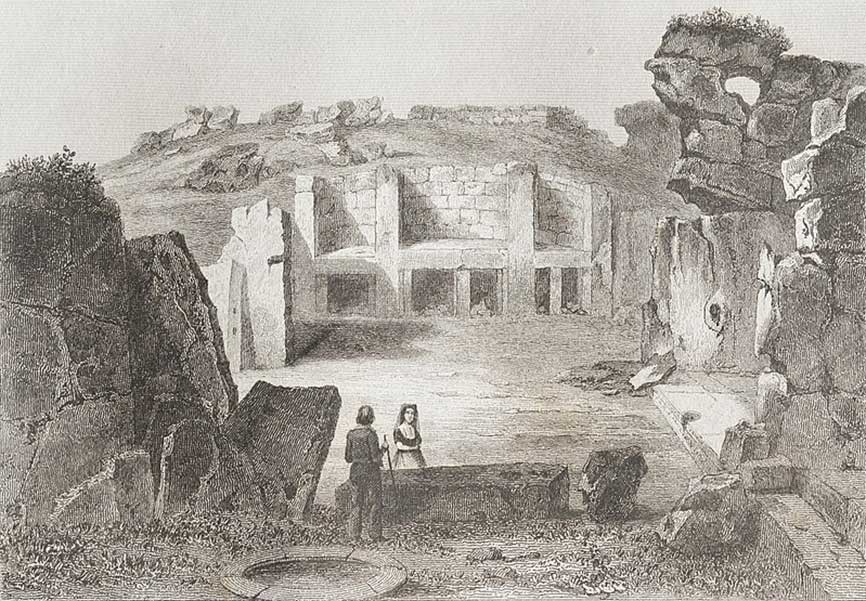
Forsaken by their Gods, Four Ruins of the Oldest Temples in the World
On Orkney, the archipelago of the north coast of Scotland, ancient temple sites such as the Ness of Brodgar and Barnhouse Settlement, stone circles like Ring of Brodgar and Standing Stones of Stennes, were built between 3200 BC and 2500 BC. Being born and raised in the region of the earliest outdoor temples in the world, inspired historian Ashley Cowie to take a look at four of the oldest temple structures in the world.

Ashley Cowie at The Ring of Brodgar Neolithic henge and stone circle located about 6 miles (9.6 kilometers) north-east of Stromness on the Mainland, the largest island in Orkney, Scotland. This stone temple is part of the UNESCO World Heritage Site known as the Heart of Neolithic Orkney. (Image: Ashley Cowie)
The word ‘temple’ is derived from the Latin templum which dates to around the 6th century and was used to describe a structure built for religious or spiritual activities ranging from worship, prayer and meditation to animal sacrifices. The templum was a delineated sacred space managed by a priest (or augur) and thought of as a spiritually charged location offering the devoted a broadband connection with heaven, god, gods and spirits. The designs of temples are wide and diverse and dispersed across the ancient world.

The entrance to the northern Ġgantija temple in Gozo. The megalithic ceremonial temples were centers of fertility rites. (CC BY-SA 4.0)
Ggantija Temple, Malta
Located high on a hill on the island of Gozo, on the Xagħra plateau, are the earliest megalithic temples in Malta, which pre-date Egypt’s pyramids and Britain’s Stonehenge by over a thousand years. The temples on Malta are among the oldest in Europe and the Ggantija (Giants' Tower) prehistoric ‘twin’ temple complex was constructed from 3600 to 3000 BC within a boundary wall, and are among the world's second oldest existing manmade religious structures. Numerous figurines and statues indicate that the temples were used by a fertility cult. According to Gozitan folklore, a giantess who ate nothing but broad beans and honey conceived a child with a human man and with the child hanging from her shoulder, she built these temples and used them as places of worship.

A view of the Ġgantija megalithic temple in Gozo, Malta, from the series L'Univers pictoresque. (Public Domain).
This massive megalithic monument comprises of two completed temples and an incomplete third, which face the equinox sunrise in the east; the southern temple is the oldest and largest and dates to approximately 3600 BC. The temples incorporate five large apses and were built in the typical clover-leaf shape, with inner facing blocks filled with rubble. The southern temple faces south-east and rises to a height of six meters (19.69 feet) with a large stone block at its entrance, with a recess, suggesting this was a ritual ablution station for purification before entering the temple complex. Because the five apses contain various altars where animal bones have been found, archaeologists believe the temple was used for animal sacrifices.





